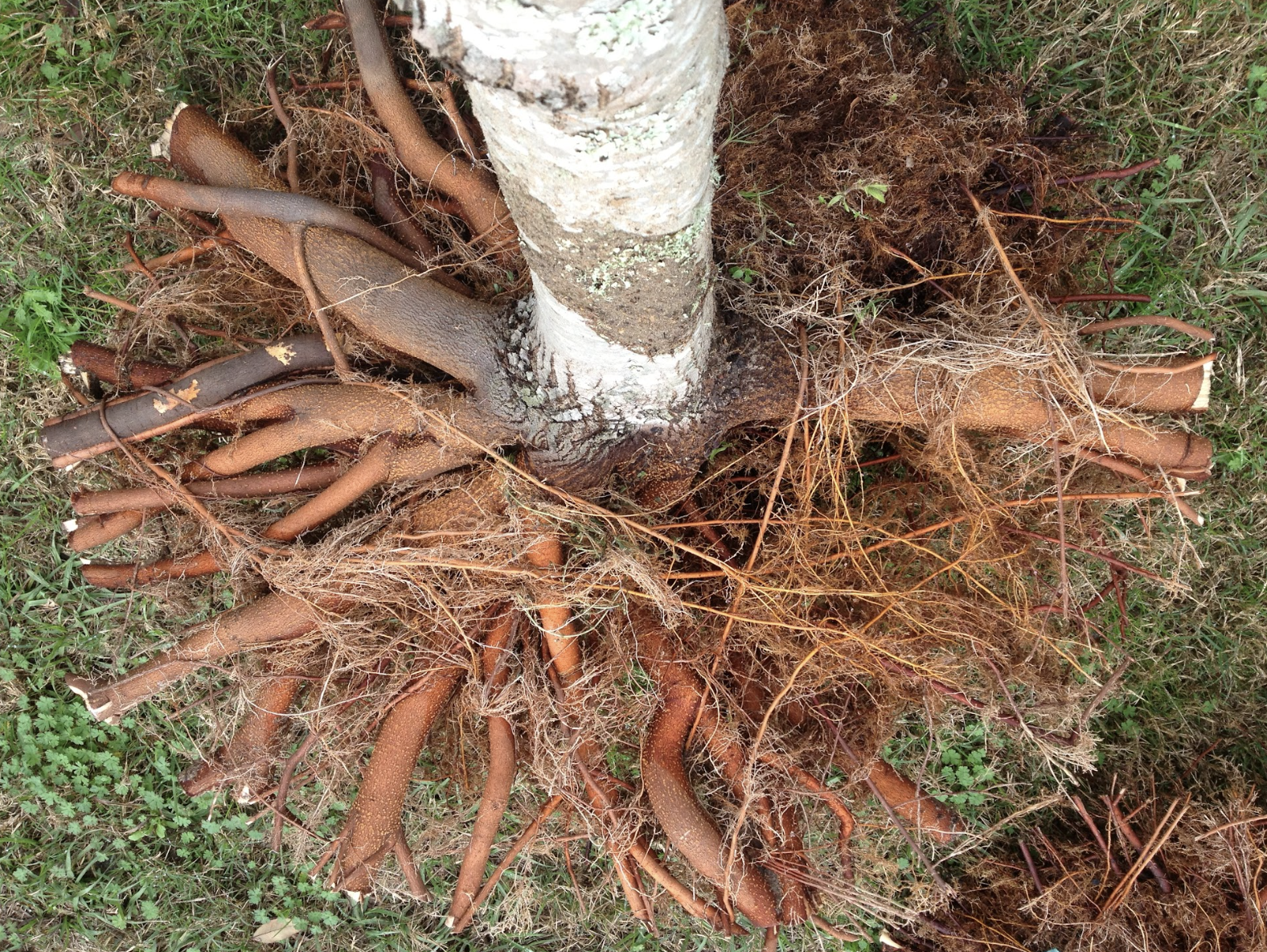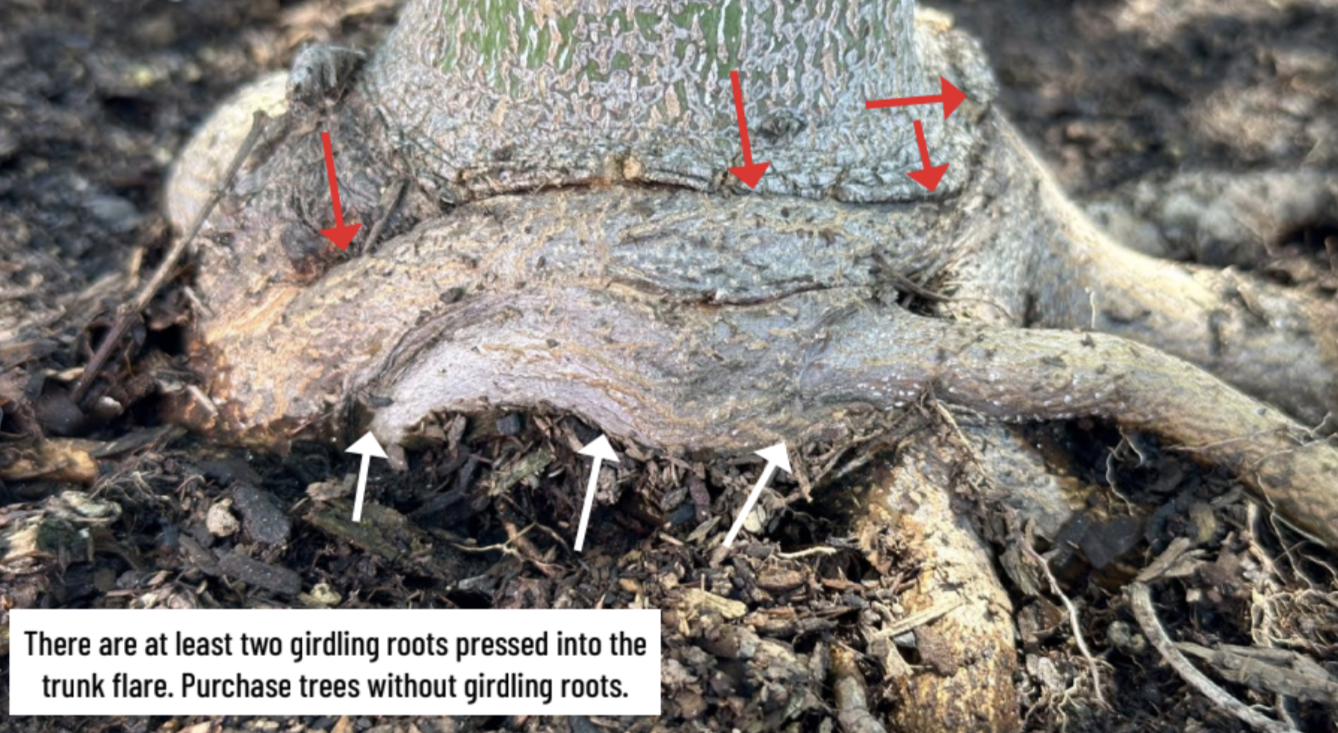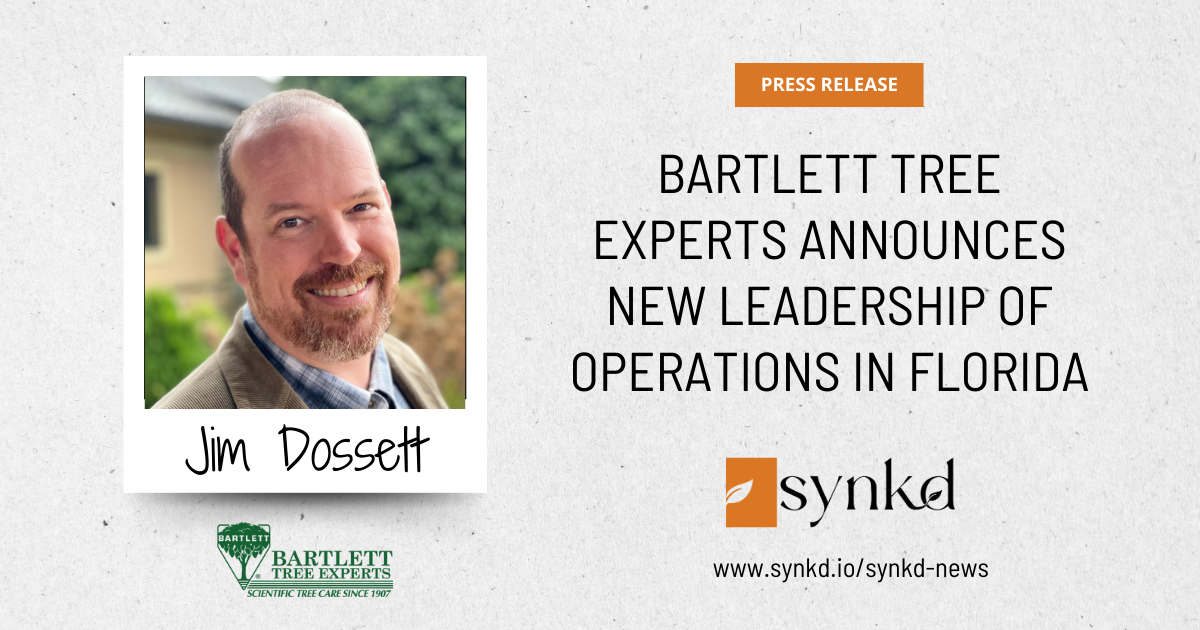Keys to a Healthy & Enduring Tree
Last issue Florida grower John Conroy talked with Laurie Hall from CHW about Right Plant, Right Place. In this issue, John interviews Dr. Ed Gilman,...
Post-planting care is essential in the quality of life, longevity, and aesthetics of any urban tree. The first five years after planting will determine the rest of the tree’s life. If we adhere to my three standards of living—quality trees, proper planting, and proper post planting care—we can produce trees that will reach their fullest potential. Here are a few post-planting essentials you will need to produce a beautiful, healthy, and structurally sound tree.
Monitor soil moisture. Check the soil moisture in newly planted trees two to three times a week during the first growing season. Adjust as needed. Most people tend to overwater especially if the tree is planted in a lawn.
Prune “temporary” branches. Pruning young, newly planted trees is different than pruning older trees. Ideally, all the branches on a young, single stem, newly planted tree are temporary. They should not be part of a tree as it grows. Leaving a temporary branch usually leads to limb failure sometime between eight and 15 years after planting.
Keep an eye on lower trunk branches. Leaving the small limbs on the lower ⅓ of the trunk until they are about ½ inch in diameter will help with structural integrity by increasing the diameter of the trunk. Correctly remove any remaining lower branches once the tree can stand upright without support.
Address duplicate branching. Many trees produce two stems on a branch that grow in the same pattern. One of these branches may need to be removed to prevent a future limb failure from included bark. (Included bark, or ingrown bark, occurs when bark is trapped between two closely growing branches, creating a weak point in the tree structure that can lead to splitting or breakage.) Removing one of the duplicate branches/stems helps reduce density and partially opens the canopy without causing epicormic growth.
Select one leader if double leaders. There are a few remedies for young trees with double leaders. Select the leader that is least desirable for removal. It could be smaller or growing at a greater angle than the other leader. In many cases one of the double leaders is the trunk and the other is a branch. Look for the branch bark ridge to tell the difference. Prune the branch double leader most of the time if all other criteria are equal.
Most double leaders are caused by topping in the nursery and too much nitrogen fertilizer. If this is the case, there may not be a true trunk. Both leaders are branches. When this happens, leave the leader that is best and correctly prune the other one.
Remove crossing branches. Crossing branches should be removed as soon as possible. Crossing branches go against a tree’s natural shape and can rub against another branch or trunk causing a wound.
Prune elite (vertical growing) branches. Elites, suckers, or water sprouts essentially mean the same thing. My main concern with young trees is vertical epicormic growth, or what I call elites. Elites usually grow from an injury including topping/heading cuts, insects, disease, or mechanical damage. Vertical growing branches should be pruned as soon as you see them. Take care to only remove the elite. Do not prune into the branch wood or more elites will grow.
Remove basal branches. Basal branches are located near the tree root and usually mean something is damaging your tree including disease, insects, mechanical, pruning, or planting too deep. Prune basal sprouts without damaging the root/trunk flare. Basal sprouts can be difficult to stop. Many trees with basal sprouting do not live a full, quality life.
Maintain branch spacing. A critical component of post-planting tree care is maintaining a good distance between branches. Topped trees produce several to many branches in and around the topping cut. They must be pruned early to reduce the chances of limb failure eight to 12 years after planting.
Remove stakes at the right time. Stakes are temporary support. Stakes should be removed one or two years after planting or when the tree roots are established and the trunk is strong enough to support the entire tree. Stakes around trees in a lawn can be cut about 1’ above the ground to protect the trunk against mechanical injury from weed eaters and mowers.
Trees should outlive us. They do this in natural settings. However, more than 50% of our urban trees die before they reach maturity. Remember, don’t just plant and walk away.
My three-part series on “Understanding Trees” (parts one and two were printed in Fall 2024 and Winter 2025 editions of Synkd) should give you a good understanding of the requirements needed to produce a healthy, structurally sound tree of great beauty and functionality. But there is always more to learn. Follow me on LinkedIn or visit my website for more tree and landscape information, and the release of my book Early Tree Care due out later this year.

Last issue Florida grower John Conroy talked with Laurie Hall from CHW about Right Plant, Right Place. In this issue, John interviews Dr. Ed Gilman,...

Nearly fifty percent of urban trees die before maturity. Many container-grown trees are doomed before they are planted, while others die during...

May 16, 2024—STAMFORD, CT.—Bartlett Tree Experts, the world’s leading scientific tree and shrub care company, is pleased to announce that Jim Dossett...